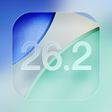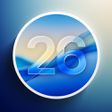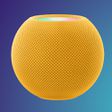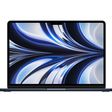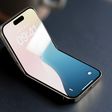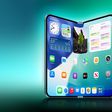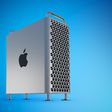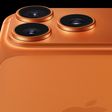Amazon today has a large collection of Apple Watch Series 9 models on sale at all-time low prices, including both GPS and cellular devices. It's been a few weeks since we last tracked any notable markdowns on the Series 9, so if you've been waiting for a deal now is definitely the time to buy the wearable.
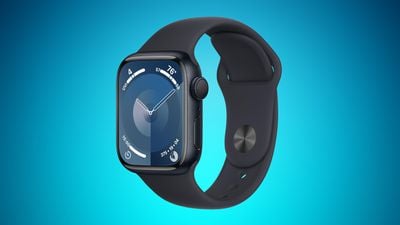 Note: MacRumors is an affiliate partner with Amazon. When you click a link and make a purchase, we may receive a small payment, which helps us keep the site running.
Note: MacRumors is an affiliate partner with Amazon. When you click a link and make a purchase, we may receive a small payment, which helps us keep the site running.
You can get up to $100 off most Apple Watch Series 9 models right now on Amazon, starting at $299.00 for the 41mm GPS watches. We've rounded up all of the deals in lists below, focusing on the aluminum devices, but you can also find $100 discounts on a few stainless steel models as well.
All of the Apple Watch Series 9 devices in this sale lack the Blood Oxygen feature that were available on models prior to the sales ban that began in the United States back in January. The sales ban covers any Apple Watch model with blood oxygen sensing, and since it began most retailers continued to sell through their stock of devices that still supported the feature.
Now that it's been a few months, retailers like Amazon are starting to see their stock dwindle on Apple Watch Series 9 and Ultra 2 models with blood oxygen support. Other than this, the Apple Watch Series 9 is the exact same as it was when it launched, the new models just have blood oxygen disabled.
41mm GPS
- (PRODUCT)RED Aluminum with (PRODUCT)RED Sport Band - $299.99, down from $399.00
- Midnight Aluminum Case with Midnight Sport Band - $299.00, down from $399.00
- Silver Aluminum Case with Storm Blue Sport Band - $299.99, down from $399.00
- Starlight Aluminum Case with Starlight Sport Band - $299.00, down from $399.00
- Midnight Aluminum Case with Midnight Sport Loop - $299.00, down from $399.00
- Silver Aluminum Case with Winter Blue Sport Loop - $299.00, down from $399.00
- Starlight Aluminum Case with Starlight Sport Loop - $299.00, down from $399.00
45mm GPS
- (PRODUCT)RED Aluminum with (PRODUCT)RED Sport Band - $329.99, down from $429.00
- Midnight Aluminum Case with Midnight Sport Band - $329.00, down from $429.00
- Pink Aluminum Case with Light Pink Sport Band - $329.00, down from $429.00
- Silver Aluminum Case with Storm Blue Sport Band - $329.00, down from $429.00
- Starlight Aluminum Case with Starlight Sport Band - $329.00, down from $429.00
- Midnight Aluminum Case with Midnight Sport Loop - $329.00, down from $429.00
- Pink Aluminum Case with Light Pink Sport Loop - $329.00, down from $429.00
- Starlight Aluminum Case with Starlight Sport Loop - $329.00, down from $429.00
41mm Cellular
- (PRODUCT)RED Aluminum with (PRODUCT)RED Sport Band - $399.00, down from $499.00
- Midnight Aluminum Case with Midnight Sport Band - $399.00, down from $499.00
- Pink Aluminum Case with Light Pink Sport Band - $399.00, down from $499.00
- Silver Aluminum Case with Storm Blue Sport Band - $399.99, down from $499.00
- Starlight Aluminum Case with Starlight Sport Band - $399.00, down from $499.00
- Midnight Aluminum Case with Midnight Sport Loop - $399.99, down from $499.00
- Pink Aluminum Case with Light Pink Sport Loop - $399.99, down from $499.00
- Starlight Aluminum Case with Starlight Sport Loop - $399.00, down from $499.00
45mm Cellular
- (PRODUCT)RED Aluminum with (PRODUCT)RED Sport Band - $429.99, down from $529.00
- Midnight Aluminum Case with Midnight Sport Band - $429.00, down from $529.00
- Pink Aluminum Case with Light Pink Sport Band - $429.99, down from $529.00
- Silver Aluminum Case with Storm Blue Sport Band - $429.00, down from $529.00
- Starlight Aluminum Case with Starlight Sport Band - $429.99, down from $529.00
- Pink Aluminum Case with Light Pink Sport Loop - $429.99, down from $529.00
- Starlight Aluminum Case with Starlight Sport Loop - $429.99, down from $529.00
Our full Deals Roundup has more information on the latest Apple-related sales and bargains.




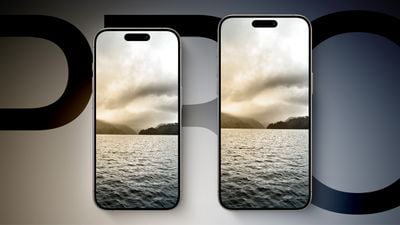
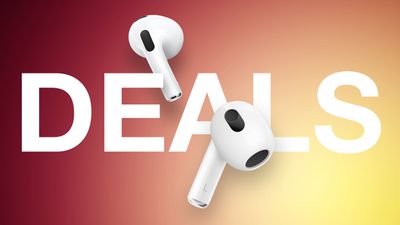 Note: MacRumors is an affiliate partner with Amazon. When you click a link and make a purchase, we may receive a small payment, which helps us keep the site running.
Note: MacRumors is an affiliate partner with Amazon. When you click a link and make a purchase, we may receive a small payment, which helps us keep the site running.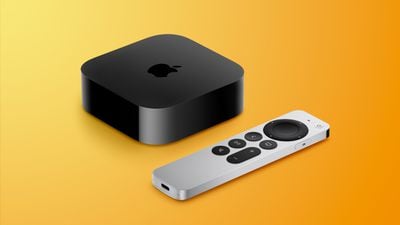
 Note: MacRumors is an affiliate partner with some of these vendors. When you click a link and make a purchase, we may receive a small payment, which helps us keep the site running.
Note: MacRumors is an affiliate partner with some of these vendors. When you click a link and make a purchase, we may receive a small payment, which helps us keep the site running.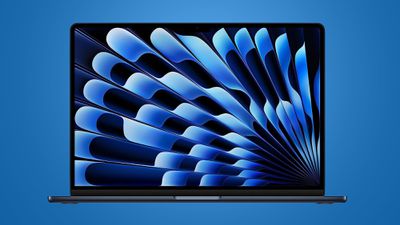


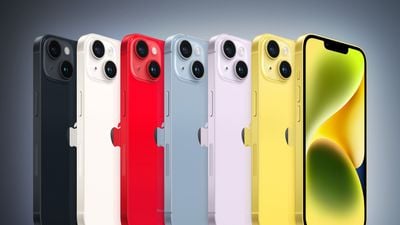
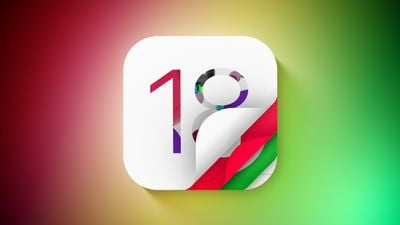
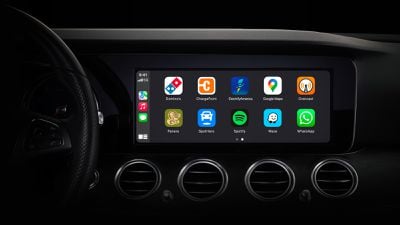
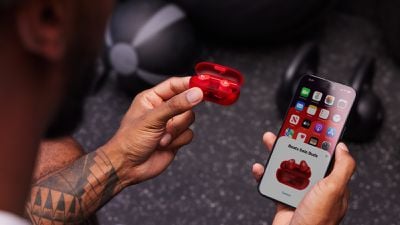

 Concept by
Concept by 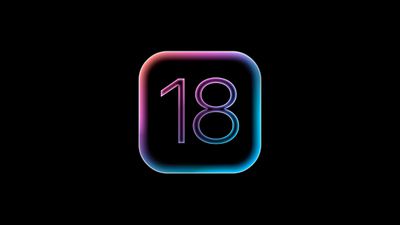




 Note: MacRumors is an affiliate partner with some of these vendors. When you click a link and make a purchase, we may receive a small payment, which helps us keep the site running.
Note: MacRumors is an affiliate partner with some of these vendors. When you click a link and make a purchase, we may receive a small payment, which helps us keep the site running.






